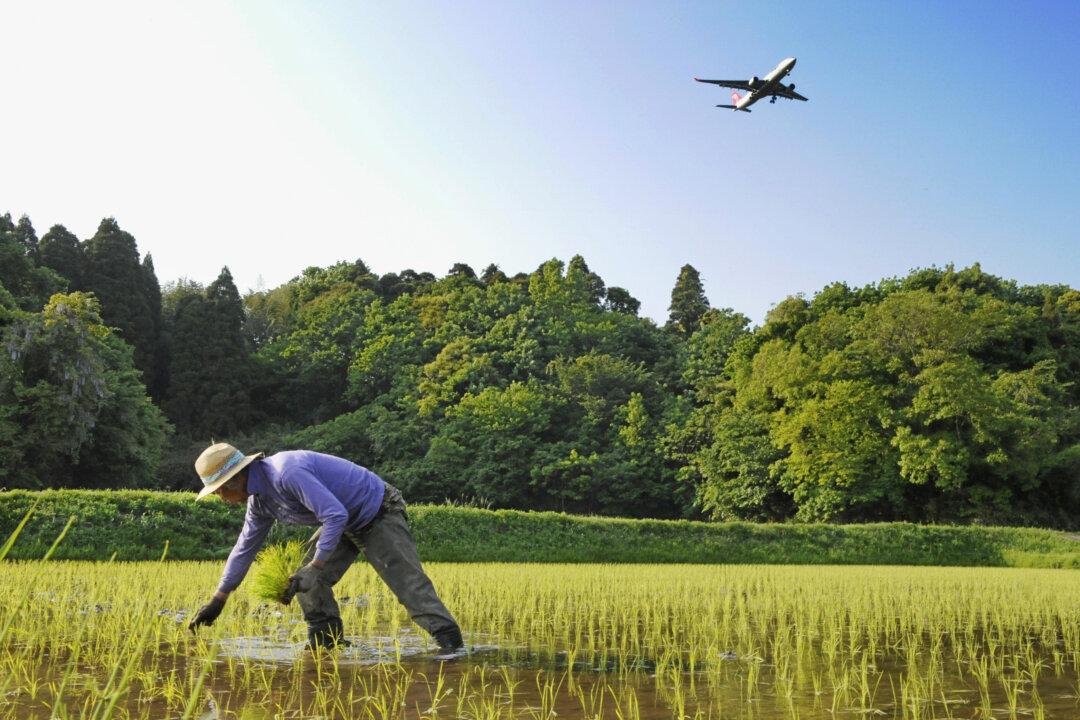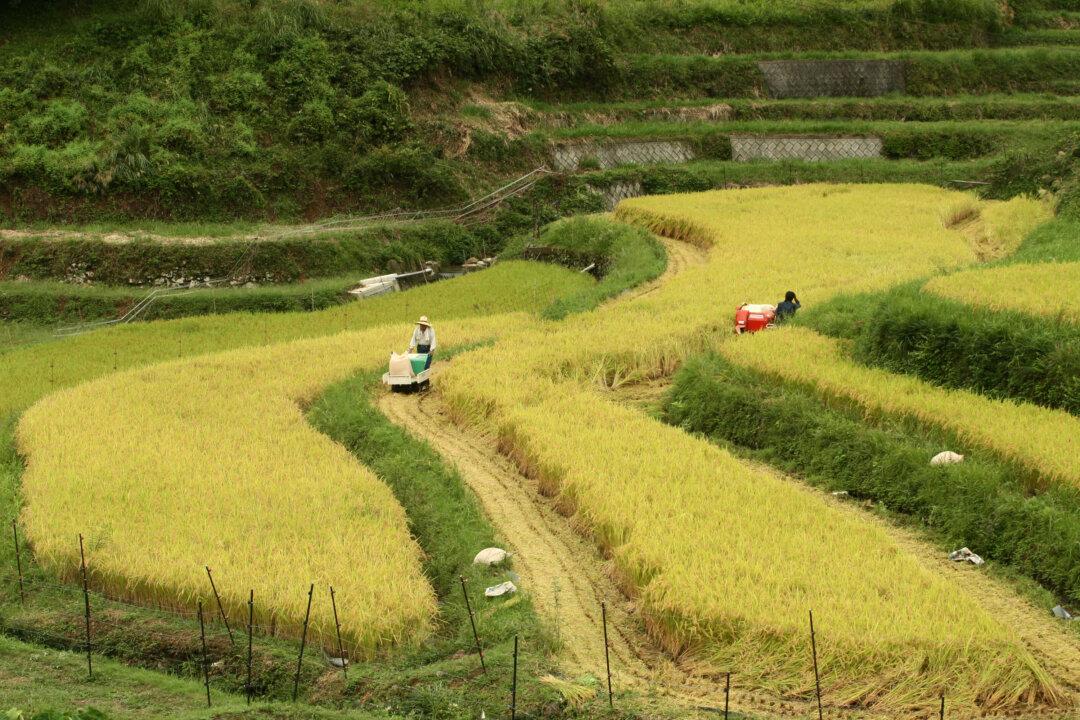Japan, by far the second-biggest economy in the Trans-Pacific Partnership (TPP) behind the United States, played a key role in finalizing the trade pact in Atlanta over the weekend.
The accord represents Act II of the strengthening relationship between Japan and the United States (and America’s pivot to Asia), following the milestone achieved this summer when the two countries renewed their military alliance. Japan agreed to step up its role as a full partner by providing military support to the United States in the Pacific region.
For Japan, the TPP is also part of Prime Minister Shinzo Abe’s aim to strengthen the economy under “Abenomics” by boosting the country’s GDP through increasing exports to other Asian countries, the United States, Canada, and Peru. A boost is certainly needed, as Japan’s economy is moving toward a real crisis point as its population ages and economic growth stagnates.
But there is a cost, as there always is, and in Japan’s case it was allowing increased imports of farm products and lowering some tariffs, aspects of the agreement that could significantly harm its farmers, especially those who grow its most important traditional crop: rice.
Their growing ire is among the many obstacles that remain before TPP goes into effect, as the pact must still be agreed by legislatures and other bodies in the 12 participating countries.
Compromised Concessions
For the most part, the current agreement maintains some of Japan’s ability to protect its domestic industries, especially beef and rice, despite heavy pressure from the United States during earlier bilateral talks.
Still the current deal that concluded October 4 includes lower tariffs on meat (beef and pork) and rice, considered two of Japan’s five “sacred” domestic products (wheat, barley, and sugarcane are the others).
Currently Japan imports 770,000 metric tons of rice to meet the rules established by the World Trade Organization. About half of these imports come from the United States, the biggest supplier, followed by Australia (another TPP partner).
Once TPP is fully implemented, rice imports from the United States may increase by up to 50,000 tons annually during the first three years, up from 10,000 now, and by as much as 70,000 by year 13 of the deal. This figure is much lower than the 215,000 tons per year that the U.S. delegation had demanded leading up to this summer’s negotiations.

